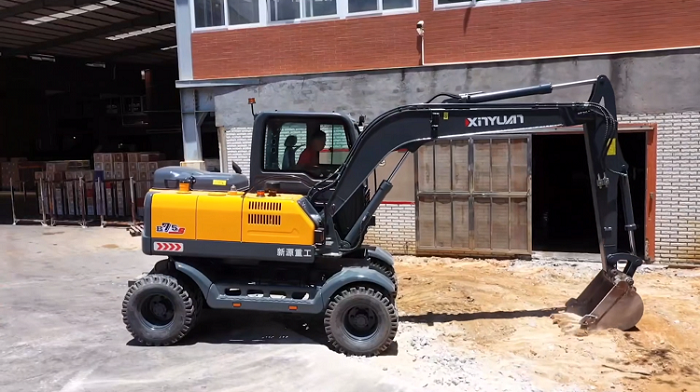The fracture of crankshaft usually starts from the smallest crack, and most of the fracture parts are at the connecting part between the head cylinder or the end cylinder connecting rod journal fillet and the crank arm. In the process of operation, the crack expands gradually and breaks suddenly when it reaches a certain degree. The brown part is often found on the fracture surface, which is obviously an old crack. If the broken surface is shiny, it means that it is suddenly broken. This article will summarize how to judge and eliminate the crankshaft fracture fault.
1. before repairing the crankshaft, carefully check the crankshaft for cracks. Pay special attention to the fillet transition part. If there is a crack, the shaft shall be scrapped. When the journal is polished, a certain fillet radius shall be maintained between the journal and the crank arm, and the fillet radius shall not be arbitrarily reduced. Pay attention to the surface finish of the fillet, otherwise it will cause stress concentration and fracture of the crankshaft.
2. when the wear of the journal exceeds the limit, try to use the method that has little impact on the fatigue strength of the journal. If the spray plating method is adopted, the fatigue strength of the journal will be reduced less, while if the surfacing method is adopted, the fatigue strength will be reduced greatly.
3. the fit clearance and end clearance of each journal and bearing shall be in accordance with the standard. Excessive clearance may damage the crankshaft due to impact. If the clearance is too small, the crankshaft may be broken due to shaft holding.

